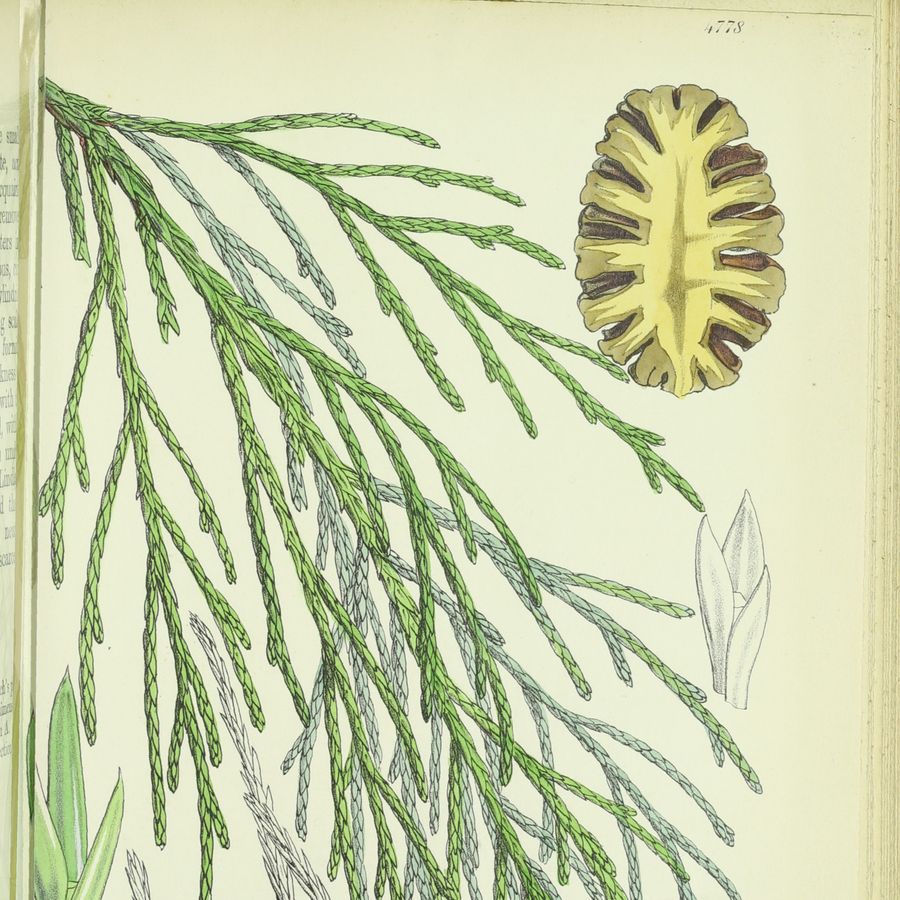
Sequoia
Three sorts of ‘sequoia’ in the Botanic Garden
The dawn redwood is a living fossil. Living specimens of the dawn redwood (Metasequoia glyptostroboides) were discovered in China in 1941. Before that, the species was known only from fossils. In 1947, botanists collected large amounts of seeds. These were distributed to botanical gardens all over the world, including Meise Botanic Garden. The dawn redwoods in the Culinary Garden are seedlings of the seeds collected in 1947.
In 2020, Meise Botanic Garden replanted the Stately Avenue with dawn redwoods. The tree is hardy, drought tolerant and adapts easily to our local growth conditions. A choice for the future taking climate change into account.
The giant sequoia (Sequoiadendron giganteum) is the most massive individual tree in the world. The species is native to California where it grows on the western slopes of the Sierra Nevada. The giant sequoias in the Botanic Garden are still young, even though they are more than 40 m tall... You'll find them near the Rhododendrons.
A showpiece of our wood collection is the disc of a giant sequoia exhibited during Expo 58. You can discover it at the WOODlab entrance. The tree was more than 2,000 years old when it was felled.
The coast redwood (Sequoia sempervirens) is the tallest conifer in the world. This ‘fastest growing tree in the Botanic Garden’ can be admired in the Conifer Collection.



